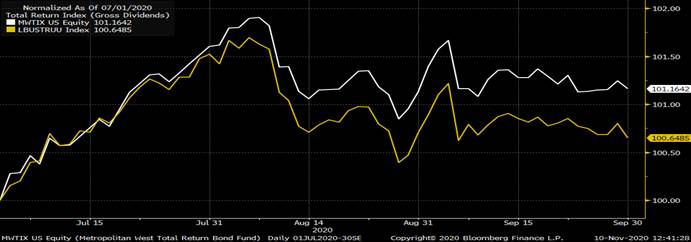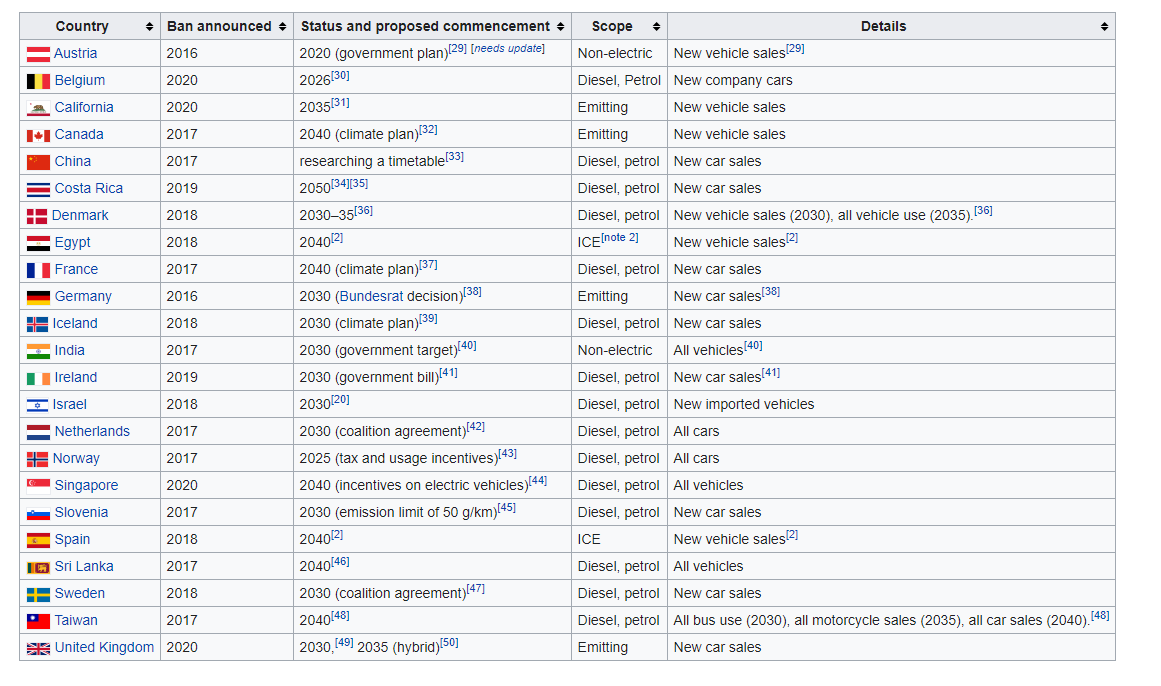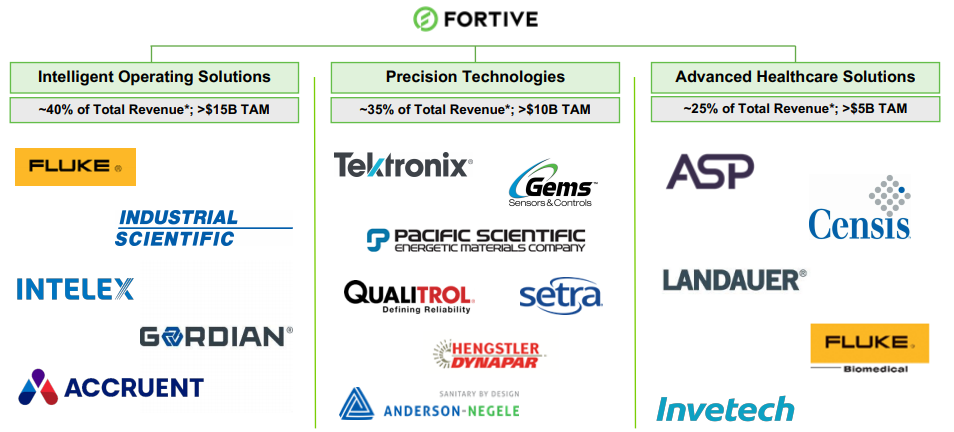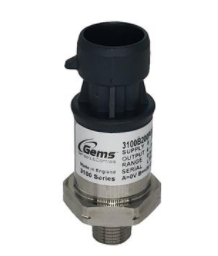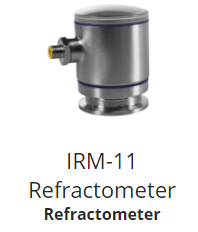Position Size: 2.6% TTM Performance: 53%
Key Takeaways:
· Better than expected revenue and EPS. Guidance raised above street. Exceeded expectations on higher origination volumes and continued improvement in data and analytics sales.
· Lower foreclosures is a headwind: as they indicated last quarter, they are seeing lower foreclosure-related volumes in their Specialty Servicing software business due to the foreclosure moratorium.
· Data & Analytics accelerated (+27% YoY): Seeing continued improvement with cross-selling Data & Analytics (~15% of revenue), which could be a solid future growth driver for them.
Additional Highlights:
· Q4 Revenues were $312m, +4.5% and adj. EPS was +7%.
· Housing data points: low rates, improved affordability and low inventory continue to put upward pressure on home prices, with the median home price rising by 14.2% in September. This is up from an 11.5% increase in August, the highest annual home price growth rate in more than 15 years. This is benefiting origination volumes. Estimated origination volumes based on underlying locks suggest Q3 refinance and total originations could be up 25% or more from Q2, while purchase lending could be up by 35% or more. This would push 2020 purchase lending to its highest level since 2005 and both refinance lending and total origination volumes to their highest levels ever, with total lending on pace to easily eclipse the $4 trillion threshold for the first time on record.
· Foreclosure moratorium: For homeowners with mortgages backed by government-sponsored enterprises Fannie Mae or Freddie Mac, the Federal Housing Finance Agency, the moratorium is set to expire at the end of the year. GSEs and other government loans cover about 70% of all mortgages. The other 30% of homeowners w/ private mortgages are not protected under federal law – some banks are following federal guidelines, but only legally obligated to stop foreclosures in a handful states.
· Their stake in D&B is now worth $1.4B w/ the recent IPO. They invested just under $500m in their D&B stake ~1 year ago giving them a pre-tax unrealized gain of ~$900m.
· Closed acquisitions of Optimal Blue (enhance their origination and Data & Analytics businesses) and DocVerify (supports e-notarization and remote online notarization). Optimal Blue is, 80% recurring revenue, accretive to their overall organic growth rate and aided their guidance improvement.
· Data analytics segment (~15% of revenue) revenues were up 27%, an acceleration from 21% last quarter. Driven by growth in their property data and portfolio analytics businesses.
o EBITDA margin +940bps YoY.
o Trending ahead of LT targets in recent quarters on strong cross-sales related to new client deals, as well as renewals. They continue to see promising momentum in this business.
o Current situation is highlighting their unique data sets and analytics. They are the only company with real-time visibility into the majority of active mortgage loans in the US. This is helping w/ loan origination despite social distancing. They’ve seen significant interest in and adoption of their expedite e-close and e-sign solutions as well as their loss mitigation solution since the beginning of the pandemic.
· Software Solutions segment (~85% of revenue) down +1%.
o Within this segment servicing (~70% of revenue) was down -4% driven by lower foreclosure related volumes due to the foreclosure moratorium as part of the CARES Act. The year-over-year performance improved from2Q as a result of the Bank of America conversion and the anniversary of headwinds from a client de-conversion.
o They continue to dominate first lien loans with leading share and are growing share in second lien loans. Market share for first mortgages is >60%.
o Year-to-date, signed five new MSP clients, representing over 750,000 loans.
o Originations (~16% of total revs) made up of new loans and refi’s – revenues increased 20% in Q2 – Volumes were stronger than expected. Lower rates help this business. Growth driven by new clients, a tuck-in acquisition, as well as higher refinanced volumes in their Exchange and e-Lending businesses.
o Segment EBITDA margin down 110bps YoY.
· Raised full year 2020 outlook:
o Revenues of $1,229 million to $1,235 million (raised from $1,170 million to $1,184 million).
o Adj. EPS of $2.03 to $2.07 (previously $1.94 to $1.99), street at $1.93
o Adj. EBITDA of $603 million to $608 million (previously $572 million to $583 million)
Valuation:
· Trading at <3% FCF yield on 2021 –valuation is getting more expensive but supported by growth potential, strong ROIC with a recurring, predictable revenue model (>90% recurring revenue) and high FCF margins, which is aided by high incremental margins and capex which should taper as they grow.
· $2.3B in net debt – that puts their leverage ratio at 3.6x. Increased from <2x with recent acquisitions.
· Capital allocation priorities include debt pay down, opportunistic share repurchases and acquisitions.
Thesis:
- Black Knight is an industry leader with leading market share of the mortgage servicing industry.
- Stable business with >90% recurring revenues, long-term contracts and high switching costs.
- BKI has high returns on capital and high cash flow margins.
.UA
[tag BKI}
[category earnings]
Sarah Kanwal
Equity Analyst, Director
Direct: 617.226.0022
Fax: 617.523.8118
Crestwood Advisors
One Liberty Square, Suite 500
Boston, MA 02109
www.crestwoodadvisors.com
$BKI.US
[category earnings]
[tag BKI]






